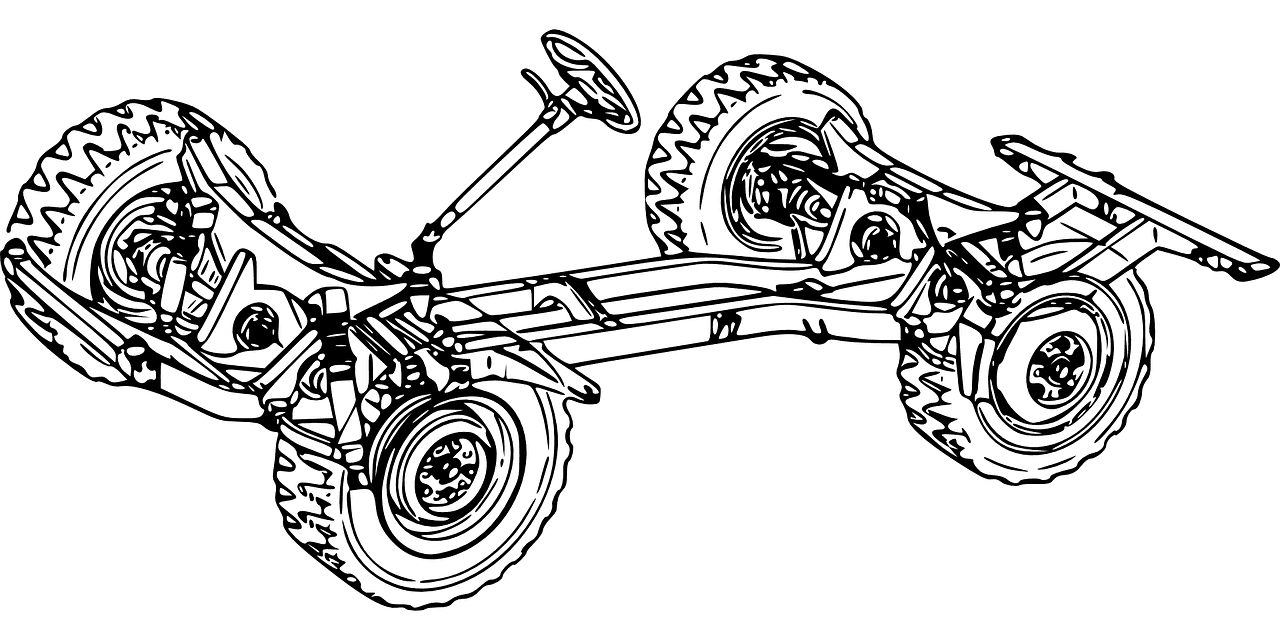
Upgrade Suspension System of car
As an automotive enthusiast, you understand the significance of a well-tuned suspension system in optimizing your car’s performance and ride comfort. Upgrading your car’s suspension is a great way to enhance its handling, stability, and overall driving experience. In this comprehensive guide, we will walk you through the process of upgrading your car suspension system, exploring the benefits, different components, and considerations you need to keep in mind.
Benefits of Upgrading the Suspension System
- Improved Handling: Upgrading your suspension can significantly enhance your car’s cornering ability and responsiveness, ensuring better control during sharp turns and maneuvers.
- Enhanced Ride Comfort: A well-tuned suspension system absorbs road imperfections more effectively, providing a smoother and more comfortable ride for you and your passengers.
- Increased Stability: Upgraded suspension components promote better weight distribution, reducing body roll and improving stability, especially during high-speed driving.
- Better Traction: A properly upgraded suspension system can enhance your car’s traction, allowing it to maintain grip on the road even in challenging driving conditions.
- Customization: Suspension upgrades offer the opportunity to customize your car’s performance according to your driving preferences, whether you prefer a sporty or more comfortable ride.
Identify Your Goals and Needs
Before diving into the process, it’s crucial to identify your specific goals and needs for the suspension upgrade. Consider factors such as:
- Driving Style: Determine whether you prioritize spirited driving, daily commuting, or off-road adventures. Each driving style may require different suspension setups.
- Budget: Suspension upgrades can range from affordable to high-end options. Establish a realistic budget to guide your choices.
- Type of Suspension: Decide between coilovers, lowering springs, air suspension, or performance shocks and struts based on your preferences and budget.
- Vehicle Type: Different types of cars (sedan, SUV, sports car, etc.) may have specific suspension requirements. Research what works best for your vehicle model.
Common Suspension Components
- Springs: Springs support the vehicle’s weight and absorb impacts. Upgrading to performance springs can improve handling and reduce body roll.
- Shocks and Struts: These dampen the spring’s oscillations and control the movement of your car’s suspension. High-quality shocks and struts can enhance ride comfort and stability.
- Sway Bars: Sway bars (anti-roll bars) minimize body roll during cornering. Thicker sway bars can improve handling without sacrificing ride quality.
- Bushings: Replacing rubber bushings with polyurethane alternatives can provide better control and durability.
- Coilovers: Coilovers combine springs and shocks into a single unit, allowing for adjustable ride height and damping.
Step-by-Step Suspension Upgrade Process

Suspension Upgrade Process
- Research and Consultation: Research various suspension components and brands that align with your goals and budget. Consult with experienced mechanics or automotive enthusiasts to gather insights and recommendations.
- Gather Tools and Equipment: Ensure you have the necessary tools and equipment to safely perform the upgrade. If you lack experience, consider seeking professional help.
- Assess Current Suspension: Before starting the upgrade, assess the current state of your car’s suspension to identify any worn-out or damaged components that require replacement.
- Start with Springs and Shocks: Springs and shocks have a substantial impact on ride quality. Begin by installing performance springs and shocks that match your driving preferences.
- Upgrade Sway Bars and Bushings: Next, replace the sway bars and bushings to improve stability and control during cornering.
- Consider Coilovers: If you seek the ultimate adjustability, consider investing in a quality set of coilovers to fine-tune your car’s ride height and damping.
- Perform Alignment: After the suspension upgrade, ensure your car’s wheels are properly aligned to prevent uneven tire wear and optimize handling.
- Test and Fine-Tune: Take your newly upgraded car for a test drive in a safe and controlled environment. Pay attention to how it handles and adjust settings if necessary to achieve the desired performance.
Conclusion
Upgrading your car’s suspension system can significantly enhance its performance, ride comfort, and overall driving experience. However, it’s crucial to identify your goals, research the right components, and consider professional assistance if needed. By carefully selecting and installing the appropriate suspension upgrades, you can tailor your car’s handling characteristics to match your driving style and enjoy every journey on the road. Always prioritize safety and remember that proper maintenance is key to ensuring your upgraded suspension remains in top-notch condition for years to come.






